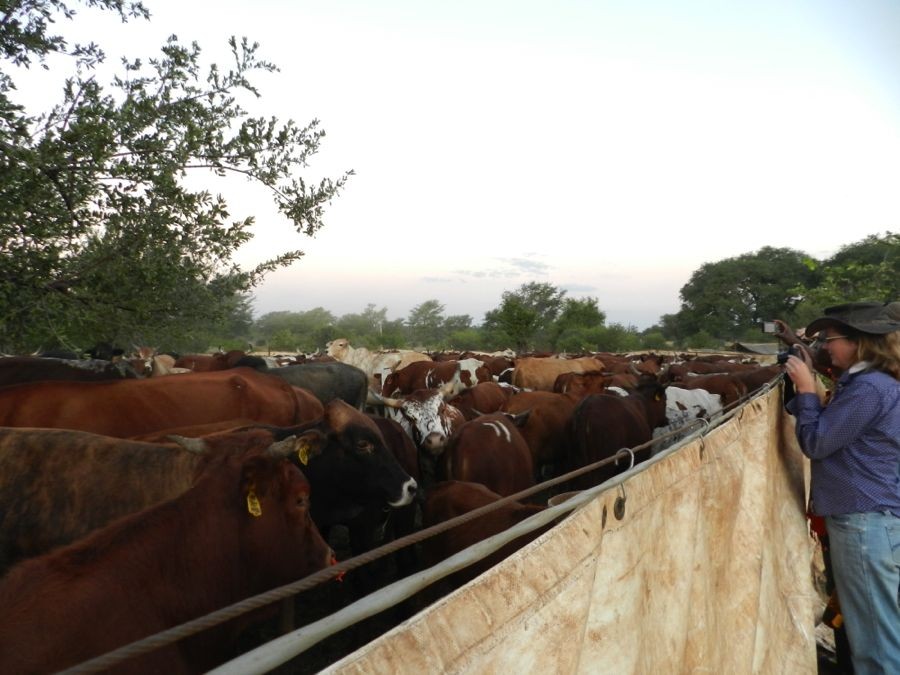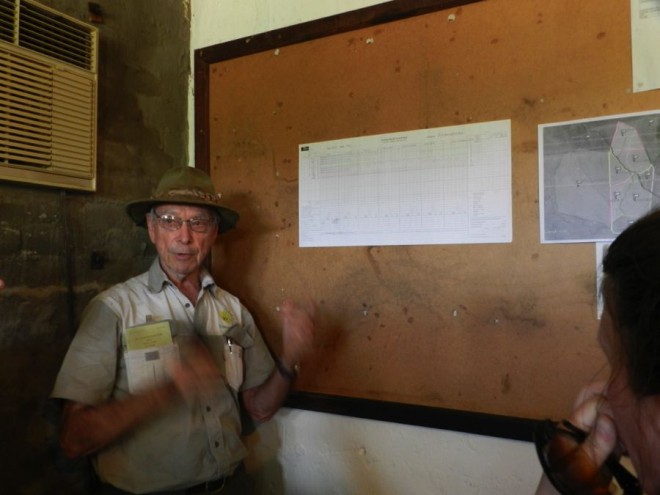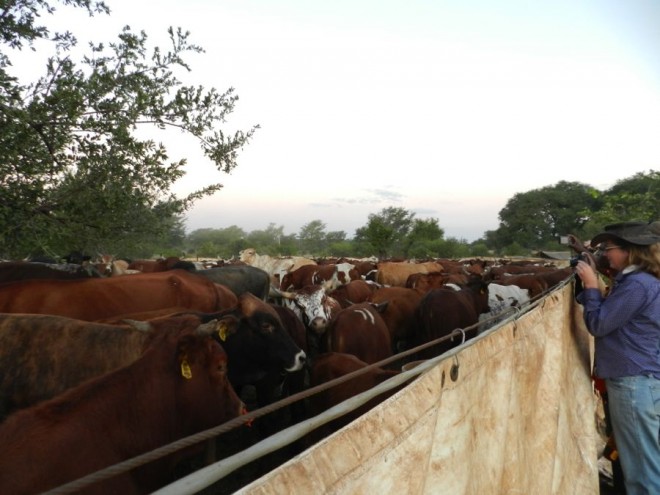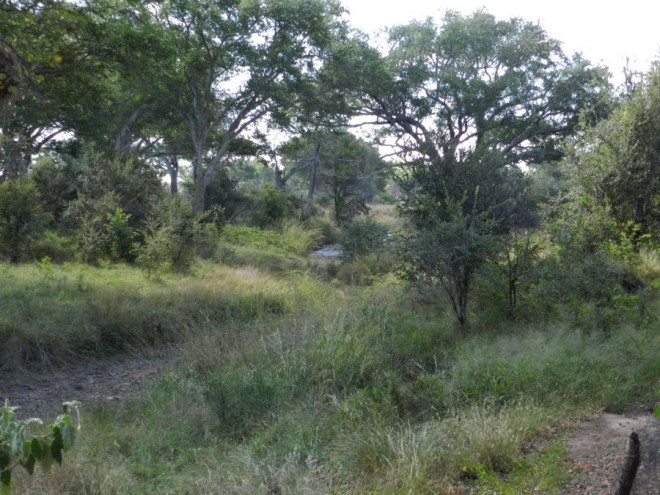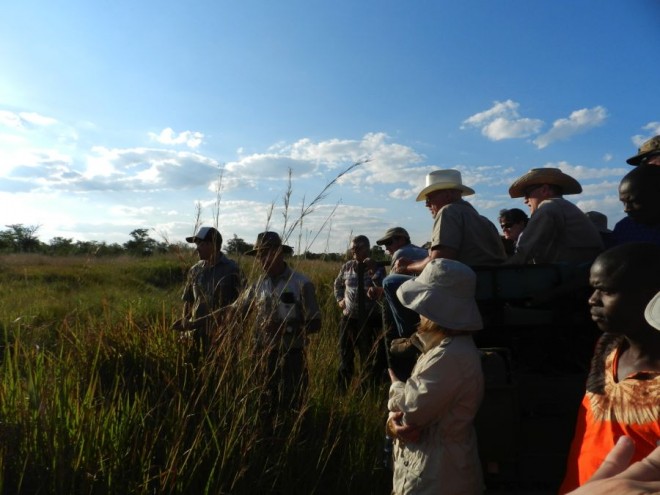Contributed by Molly Cheatum
Located on a beautiful 4,100 hectare ranch near Victoria Falls, Zimbabwe is the African Centre for Holistic Management, an NGO founded by Allan Savory and his wife Jody Butterfield. Its main goal is to demonstrate holistic livestock land management and its ability to restore degraded landscapes. Thick full grasses grow throughout the ranch and just walking around you would think it always had been that way; but it hasn’t, and the best person to explain this transformation is Allan Savory.
A man of depth and wisdom; born in Rhodesia (now Zimbabwe, since 1980) he has been involved in their complex political arena since 1965. His depth of knowledge in the political sphere is impressive, but listening to him talk about his understanding and observations of his own land is truly extraordinary. He has been walking this land his whole life.
What Holistic Livestock Land Management looks like.
Our day starts with an introduction to the concept of holistic livestock land management. Its premise rests on defining the outcome desired and managing towards this vision through observing, adapting and changing to what works and doesn’t work. This decision-making tool is not new, but what is novel is the use of livestock as the main tool on-the-ground to achieve the vision.
It does not focus on the quantity of animals, but on timing. Mimicking the predator/prey relationships in which these environments evolved the ranch manages 500 head of cattle, along with sheep and goats and follows a carefully thought-out grazing plan. The plan divides the 4,100 hectare ranch into 12 paddocks.
Mark, the ranch manager, monitors this plan daily and pencils in adjustments. A pencil is necessary because the environment is consistently changing, a flood may make a paddock unusable, or elephant herds migrating through might change the rotation of the grazing. However, to minimize adjustments throughout the year, the plan from the beginning includes planned changes that protect birds wintering or nesting during certain times of the year; water availability for the cattle in the dry season; ensure communities have enough grasses to thatch their roofs before the rainy season; and a subtle plan for government officials to take notice by grazing next to national forest land.
This careful planning includes all aspects of the environmental sphere – the ecological, social, and political. This year there is even a plan for experimentation. Allan has observed that teaks and albida have not germinated by themselves in the past decade and his plan is to graze animals underneath these trees and then keep them in a krall where they want them to germinate, preferably near people. His hypothesis is that these trees grew near human populations in the past because they kept animals away.
The most notable change (and one does not need fancy scientific gadgets to notice) is how the land handles rainfall. The stream next to Allan’s house used to flood during a 4-inch rainstorm. Since the last five years of properly managing livestock in the headwaters towards fuller grasses, the stream for the first time this year did not flood during an equivalent rainstorm and filled the rock bottom dissipating a few days later.
In comparison, a stream on the property where the headwaters began outside the managed land flooded nearly 90 meters the previous year. Large tree branches and debris marked the flood line.
Managing these complex environments takes a lot of careful thought and planning and Allan is an expert at this. It shows. The vision and design that is emerging truly benefits all.
Stay tuned for a subsequent post about the Sizinda community practicing holistic livestock land management.
See other blogposts posted by our group and their experiences:
https://maranoalandcare.wordpress.com/
http://www.5deep.net/an-holistic-approach-to-organisational-design-and-alignment/

